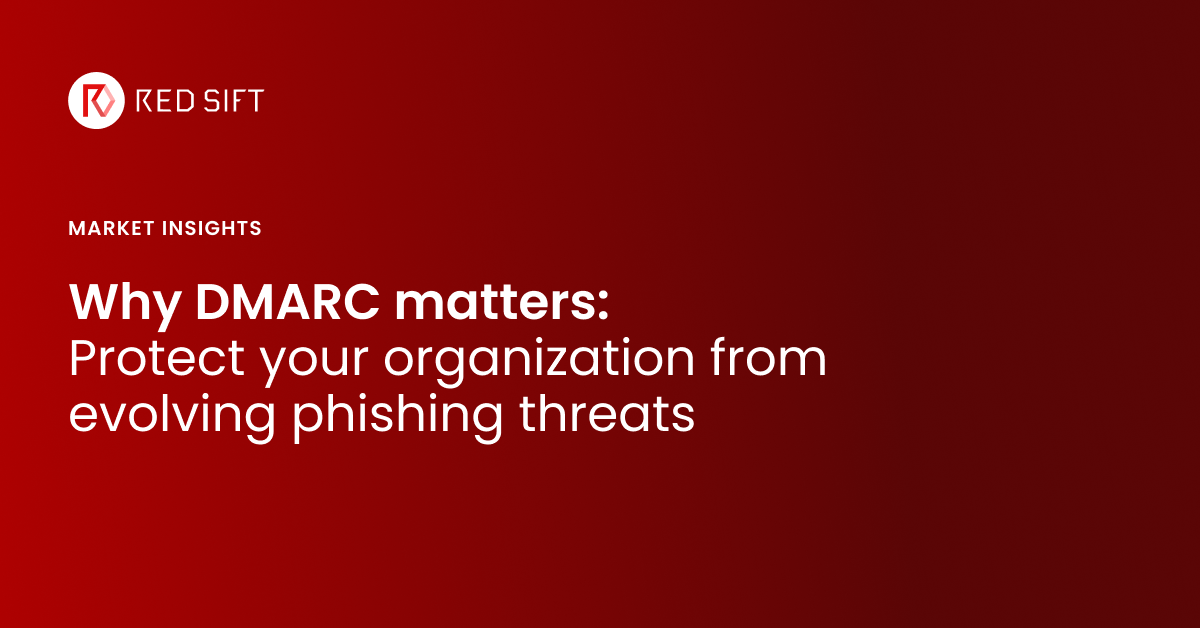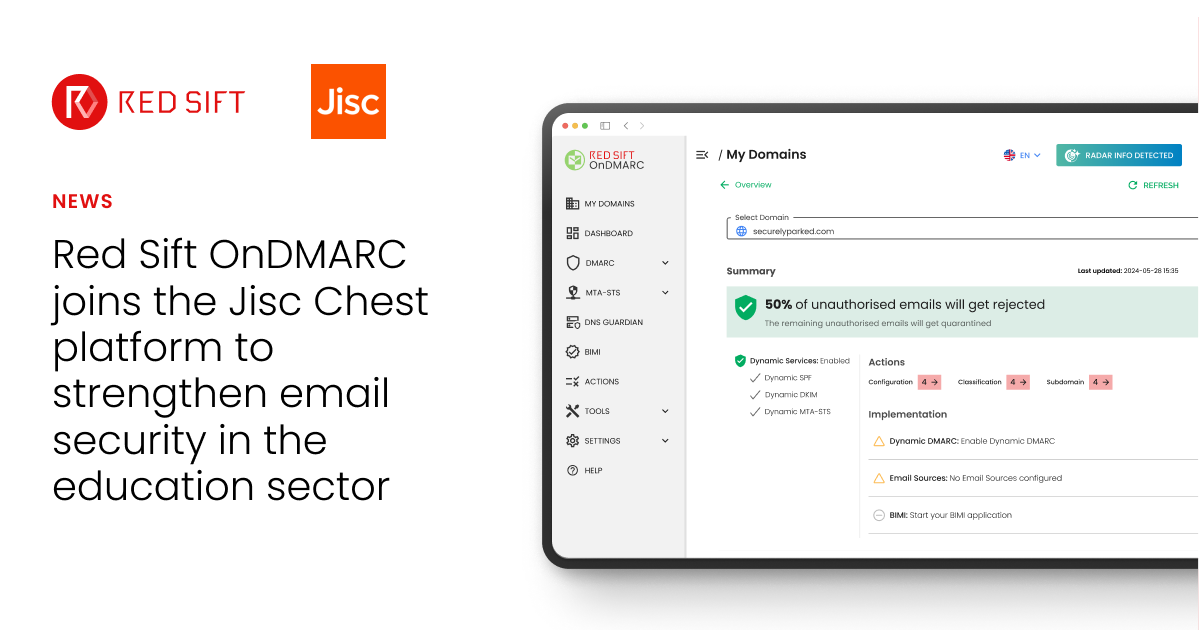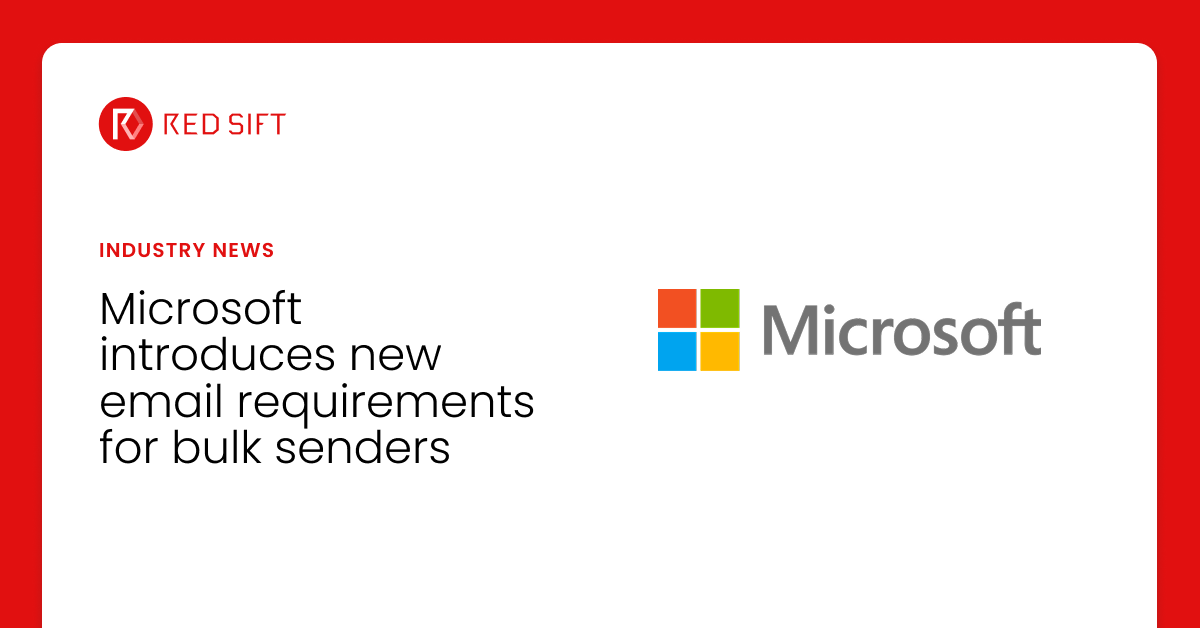The majority of us donate money to charity and in turn, charities do some truly inspiring and amazing work that benefits the wider community. But the vast amount of money that charities receive on a daily basis combined with the fact they are generally slower to adopt the latest cybersecurity defenses makes them a prime target for cybercriminals.
In 2017 99% of charities were vulnerable to impersonation
In 2017, Red Sift conducted research into the charity sector and analyzed more than 78,000 charity domains in the UK. The results showed that less than 1% of charities in the UK were protected against email impersonation/fraud.
This means that 99% of UK charities aren’t taking sufficient measures to make sure the donations they receive and the information they hold are protected against phishing. You can read and download the full Charity Industry Report here.
How DMARC can help protect charities worldwide
A simple way for charities to protect themselves from exact domain impersonation and fraud is by implementing a strong DMARC policy. DMARC is an email security protocol that when implemented at p=reject protects your domain from being impersonated by cybercriminals and used in some of the most advanced phishing attacks.
In the past, implementing DMARC was difficult, expensive, and time-consuming. But with OnDMARC, it’s become a straightforward process. OnDMARC guides users to full DMARC protection with simple step-by-step actions and easy-to-use dashboards.
The Turing Trust stopped more than 50 malicious senders with OnDMARC
Thanks to Red Sift’s OnDMARC, The Turing Trust successfully blocked over 50 malicious sources from sending phishing emails on their behalf, protecting their organization and anyone communicating with them. They also managed to increase the deliverability of their authorized emails, massively benefitting their work. You can read the full story here.
Free basic OnDMARC membership for all charities
Following the findings from Red Sift’s Charity Industry Report, we’re offering OnDMARC Basic plans to all charities for free. We believe the work that charities do for the wider community is essential and the price of security software, as well as the difficulty of implementation, has been a barrier to DMARC adoption for many charities.
We hope that through our Free for Charities program we will be able to encourage higher adoption of the DMARC protocol in the charity industry and ultimately help reduce the number of successful cyberattacks targeted at this sector.
Why not get in touch below, to find out if you’re eligible? You can also find out more about our Free for Charities program here.






